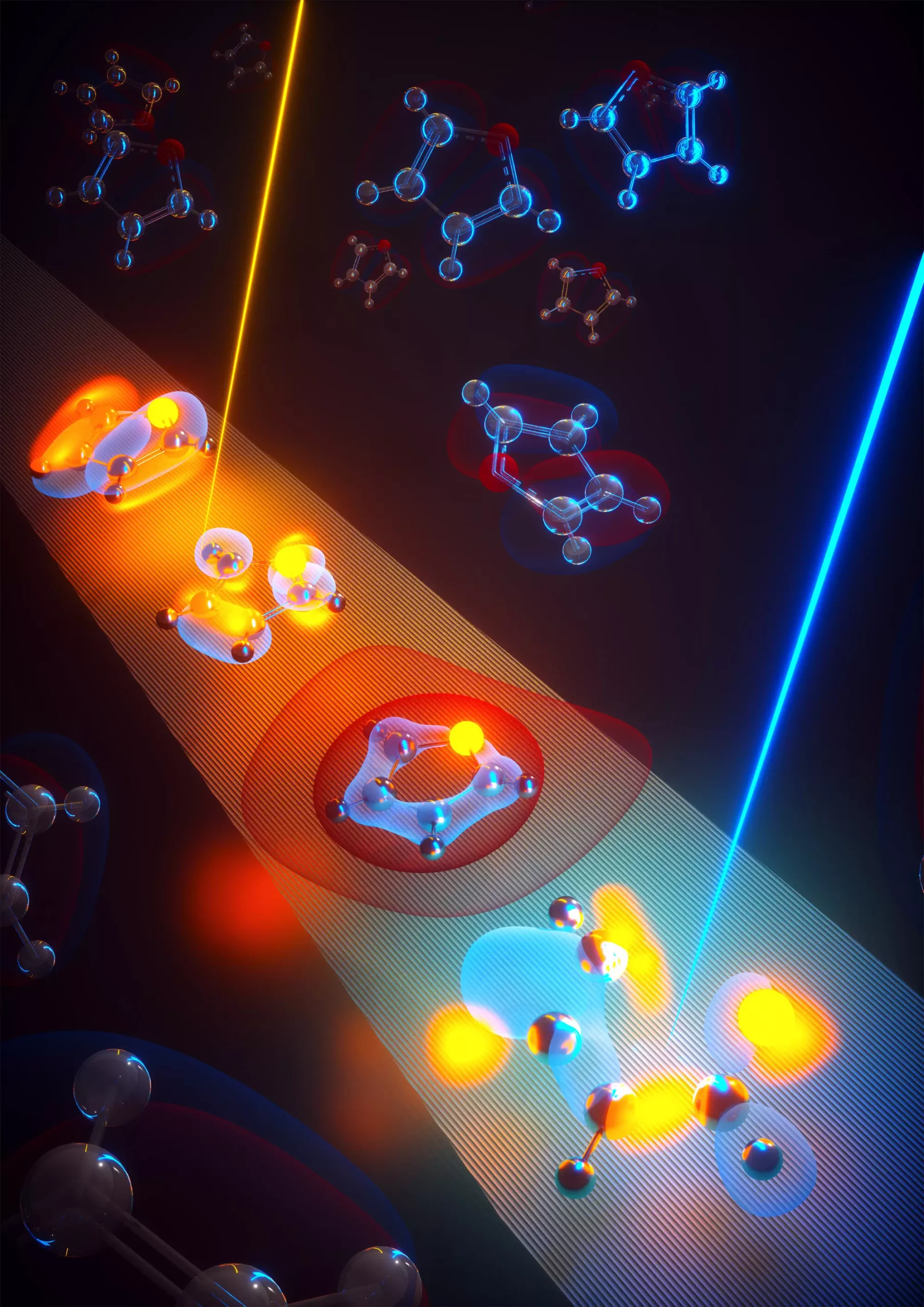The study of chemical reactions has always been a challenging and intricate field. Understanding the dynamics of both electrons and nuclei in atoms is crucial to unraveling the complexities of these reactions. One of the key processes that often occur during such reactions is conical intersections, which involve radiation-less relaxation processes. Detecting these dynamics experimentally has posed a significant challenge for physicists and chemists, as tracing the simultaneous movements of electrons and nuclei is not an easy task. Recently, a breakthrough publication in Nature Photonics highlighted a new tool developed by ICFO researchers to investigate molecular dynamics in real-time with unprecedented precision.
The dynamics of molecular systems are incredibly complex, involving interactions between electrons and nuclei at ultrafast timescales. These dynamics are further compounded by conical intersections, which serve as crucial gateways between different energy states within a molecule. Capturing and understanding these dynamics in real-time has become a critical goal for researchers in the field. The recent work by ICFO researchers led by Prof. Jens Biegert has presented a novel approach to address this challenge using attosecond core-level spectroscopy.
In their study, the research team focused on the gas-phase molecule furan, a cyclic organic compound consisting of carbon, hydrogen, and oxygen atoms. Furan’s cyclic structure makes it an ideal candidate for studying the dynamics of ring-opening processes, which are essential in various chemical and biological functions. By employing a combination of pump and probe pulses, the researchers were able to track the evolution of furan’s ring-opening dynamics in real-time.
Probing Conical Intersections
Through their experiment, the researchers identified three conical intersections within the furan molecule, each representing a critical transition state in the ring-opening process. By analyzing changes in the absorption spectrum as a function of the delay between pump and probe pulses, the team was able to pinpoint the timings of these conical intersections with unprecedented precision. Moreover, the researchers observed quantum superpositions, quantum beats, and optically dark states, shedding light on the intricate electronic dynamics of furan during the ring-opening process.
The insights gained from this study go beyond furan and have broad implications for the field of molecular dynamics. The high temporal resolution and coherent energy spectrum provided by attosecond core-level spectroscopy offer a powerful tool for investigating a wide range of molecular systems. From understanding DNA photoprotection mechanisms to manipulating efficient molecular reactions, the applications of this new analytical methodology are vast and promising.
The work by ICFO researchers represents a significant advancement in the study of molecular dynamics. By developing a groundbreaking tool for real-time investigation, the team has opened up new possibilities for unraveling the complexities of chemical reactions at the atomic level. The insights gained from this research not only shed light on the dynamics of furan but also pave the way for further discoveries in the field of molecular chemistry.



Leave a Reply